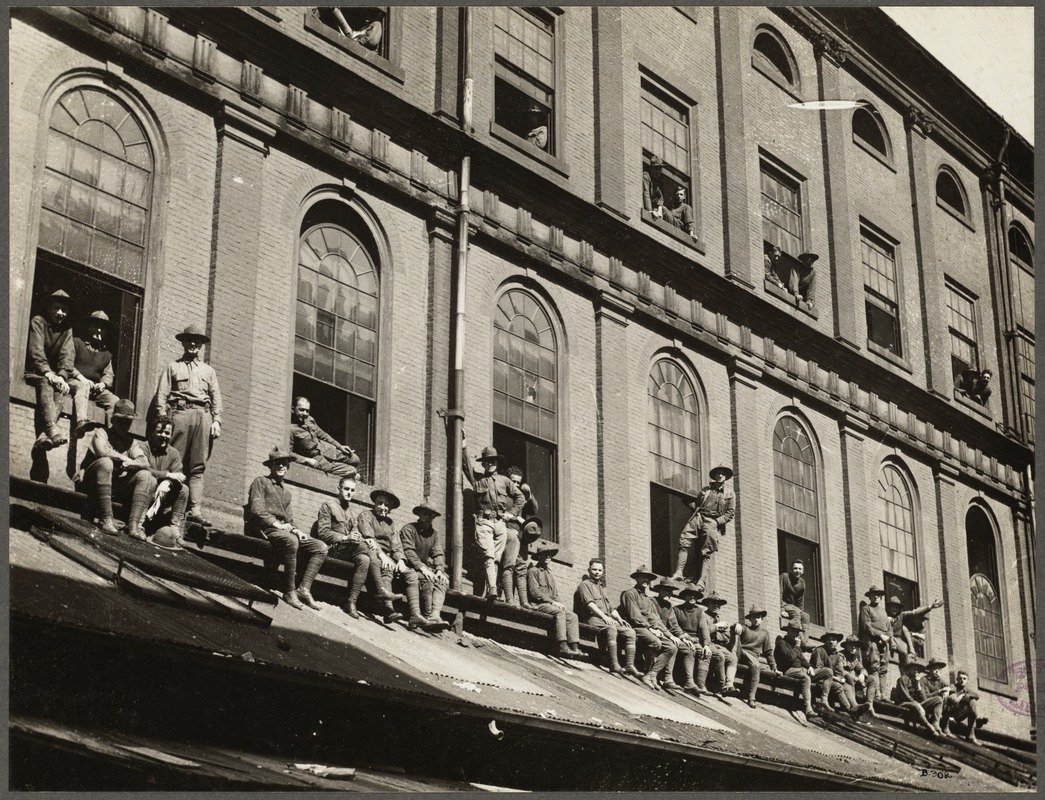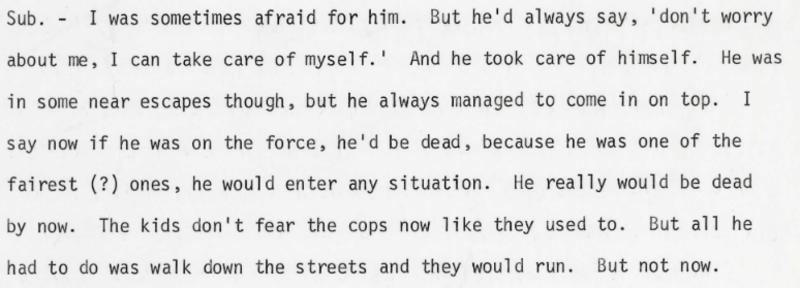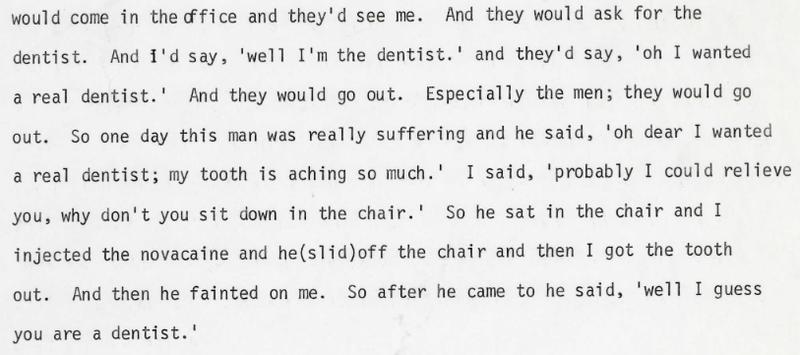She knows the drill: Boston’s first female African American dentist
When Jessie Gideon Garnett first showed up at Tufts University’s School of Dental Medicine, she was told by a dean that her acceptance must have been a mistake.
By Katie Meyers
As one of 11 women in the Tufts dental program in 1919, and the only African American woman at that, Garnett stood out in what was largely considered a man’s profession. She would ultimately become the first African American woman to practice dentistry professionally in Boston.
Despite the odds against her, Garnett and her practice persevered through World War I, the Great Depression, and later World War II. During World War II she welcomed soldiers to stay at her home on 80 Munroe Street, which doubled as her practice. Her home is now listed on the Boston Women’s Heritage Trail.
Garnett was born in Nova Scotia in 1897. Her family moved to Roxbury when she was 11. When she arrived in Roxbury, she noticed that her family did not look like the neighbors. While today more than half of Roxbury residents are African Americans, in the 1890s, the neighborhood was primarily white.
Garnett attended the Hyde School and Girls’ High School before entering Tufts University. She belonged to the Alpha Kappa Alpha sorority and worshiped at St. Mark’s Congregational Church. In 1920, she married Robert Charles Garnett. Robert was also a groundbreaker. He became one of Boston’s first African American police officers after the Boston Police Strike of 1919.
At the time of the strike, the Boston Police force had been denied the right to unionize. Wages had not been raised in decades, and members of the force demanded better pay and safer working conditions. In September of 1919, after negotiations were unsuccessful, three-quarters of the force went on strike. Military, guards, and student volunteers standing in for law enforcement were harassed by those petitioning for a revamped police force. After the strike ended, the City desperately needed police officers, but applicants still underwent strict examinations. When Robert Garnett came up three pounds short on his physical examination, he drank an excessive amount of cod liver oil to quickly gain the weight!
In the economic slump following World War I and in the decades before and during the Civil Rights Movement, race relations in the Boston and the surrounding suburbs became volatile. Dr. Garnett feared for her husband, not just as a policeman but as a black man on the street. She believed that police weren’t “feared like they used to be,” and that if he had been on the force at the time of the interview, he would not be safe.
Garnett valued her right to vote and the growing influence of African American politicians, but did not entangle herself in politics or prominent social movements. She was a working woman, through and through. Not one for frivolous socializing, Garnett put her soul into her work and her family.
Though Garnett was committed to her work, some of her patients initially doubted her abilities, even going so far as to ask for a “real dentist” upon seeing who would be performing their dental procedures. One man’s insistence was cut short when Garnett, knowing she had to rectify a toothache, injected him with novocaine and he promptly slid off his chair. Waking up dazed and pain-free, he told Garnett, “I guess you are a dentist.” Turns out her admittance to dental school wasn’t a mistake after all!
Garnett took pride in being able to serve her community, even if her patients weren’t always able to pay, and even if some of them didn’t respect her role as a doctor. She practiced dentistry for half a century before arthritis made it difficult for her to hold her instruments. Dr. Jessie Gideon Garnett passed away in 1976.
Want to read more about Dr. Jessie Gideon Garnett’s life in her own words? Check out the transcript of her oral history!
Katie Meyers is a graduate student at Simmons University, earning a degree in Library and Information Science with a concentration in Archives Management.











